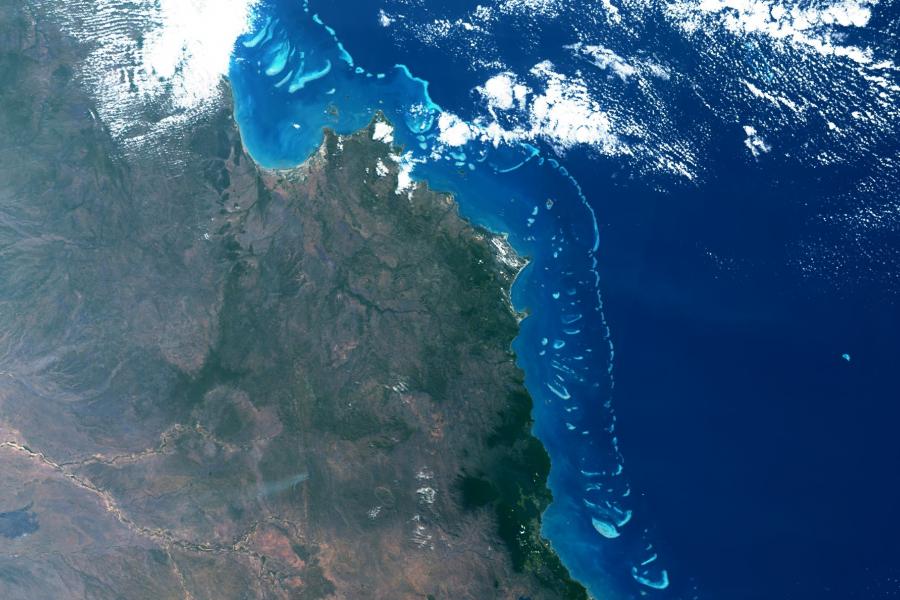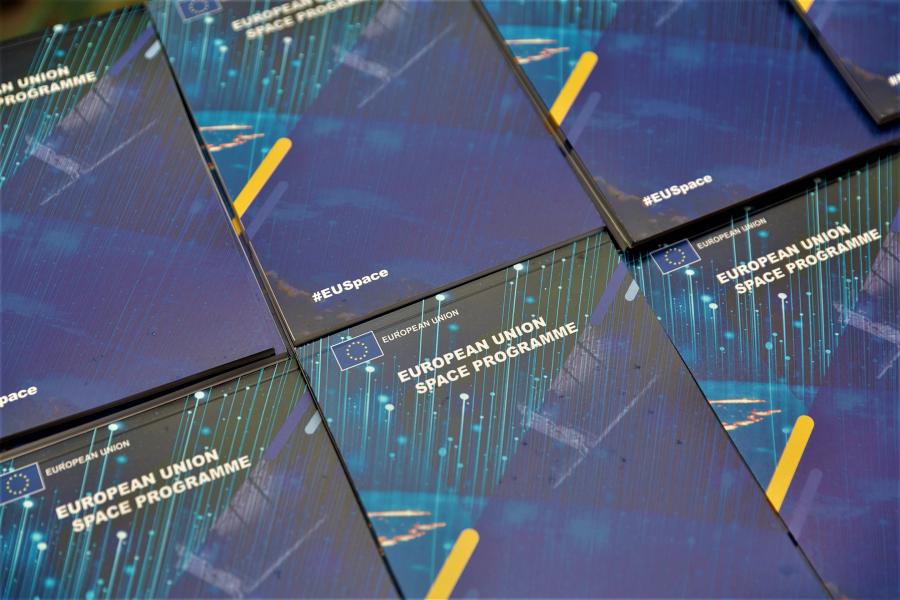The Pacific region includes a diverse mix of economies, ranging from highly developed markets to less developed economies. For the moment however, the EU Global Action on Space in the region only covers Australia and New Zealand. Earth Observation assets and applications are the primary drivers of investments in space due to the region’s extreme vulnerability to the effects of global warming and the importance of its primary sector (agriculture, forestry and fishery, as well as mining). Earth Observation capabilities are mainly used for resource management and environmental monitoring.
Australia accounts for 84% of the region’s GDP and has a strong space legacy. New Zealand, which follows Australia in terms of space capabilities in the region, has recently stepped up the implementation of measures in the sector with a focus on space exploration and Earth Observation. The EU is one of the main space partners for the region.
The largest potential for business wishing to expand to the region using EU space capabilities is in the downstream sector: Earth Observation Copernicus data is indeed of high importance to assess food security risk, monitor water resources and mitigate natural disasters in the entire Pacific area; extreme vulnerability to climate change is also driving up the demand of Earth Observation data, to assess the effects wildfires and tsunamis on endangered marine and terrestrial ecosystems of highly vulnerable Pacific Island-States.
The GNSS downstream markets in Australia and New Zealand are well developed, with multiple international players and few local small and medium enterprises active in a wide-ranging number of sectors such as i.e. agriculture, resource management, construction and smart mobility.
Additionally, Australia and New Zealand are developing a Satellite-Based Augmentation Service (SBAS) system (SouthPAN) which is an important area for potential collaboration with well-established EU players, given their experience on EGNOS, the European SBAS.



